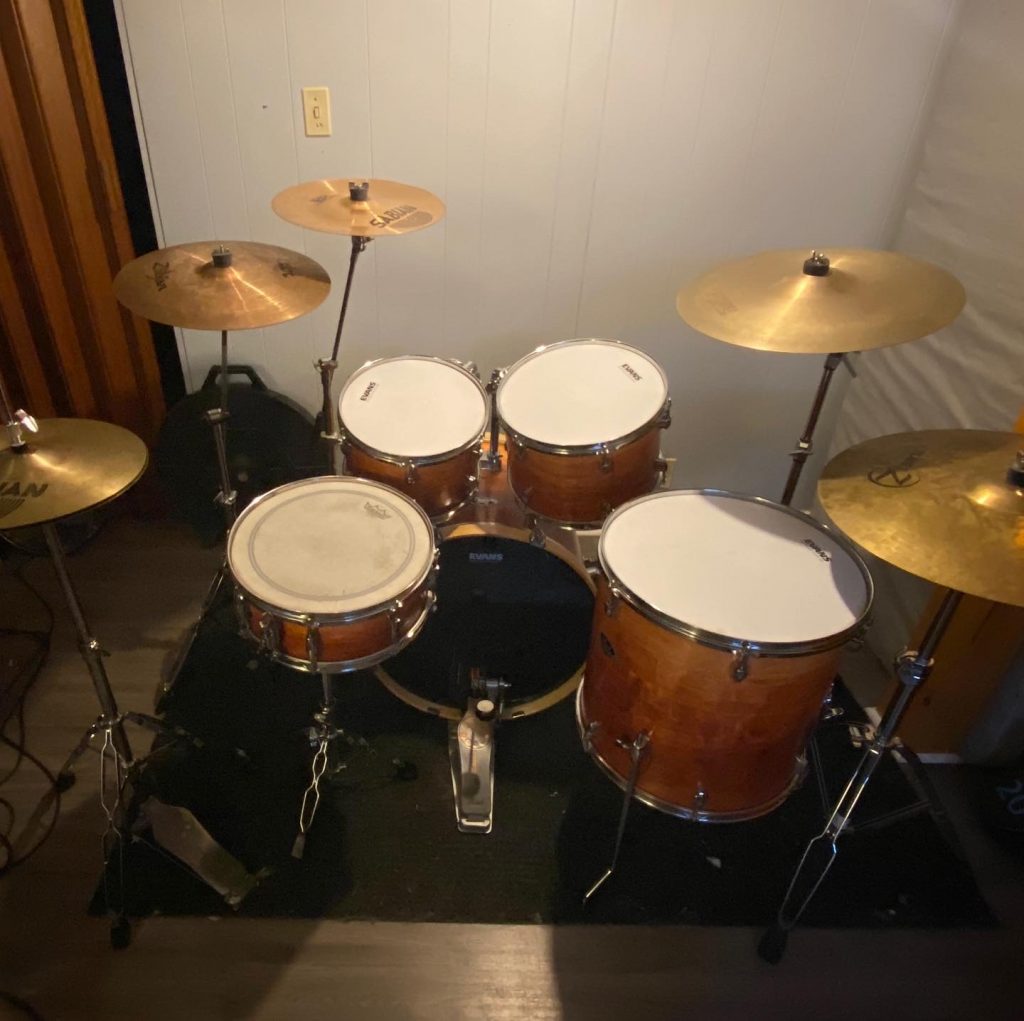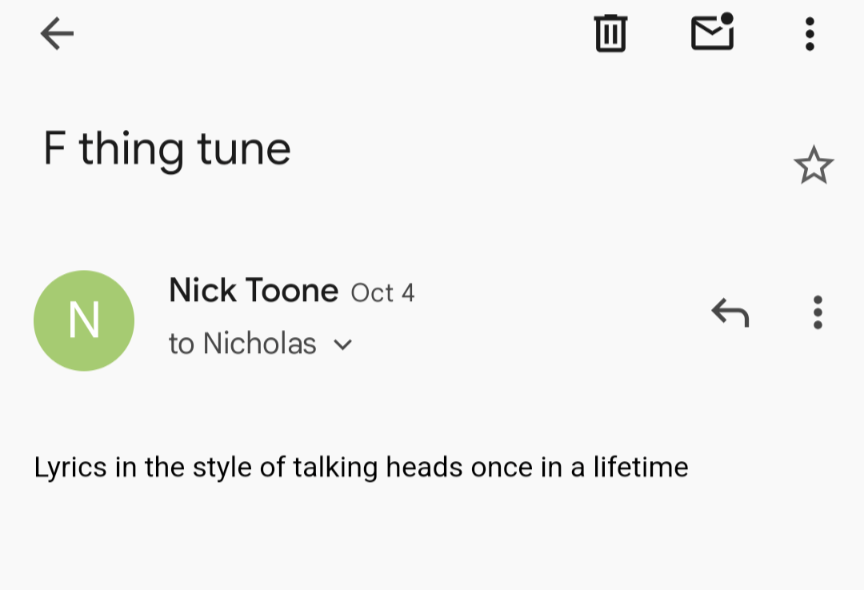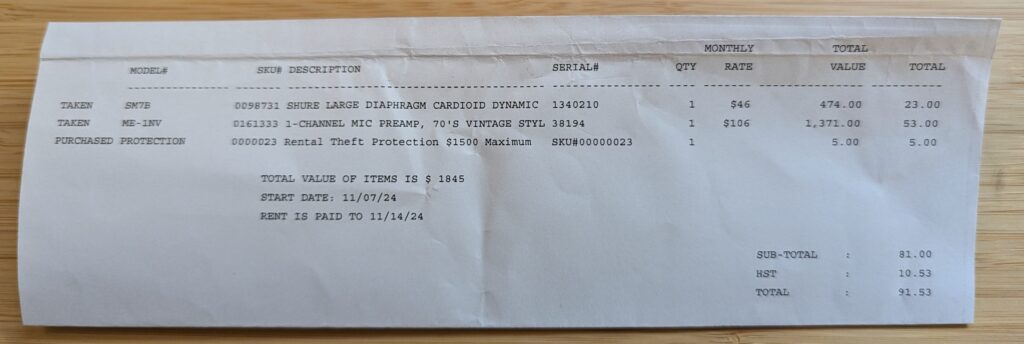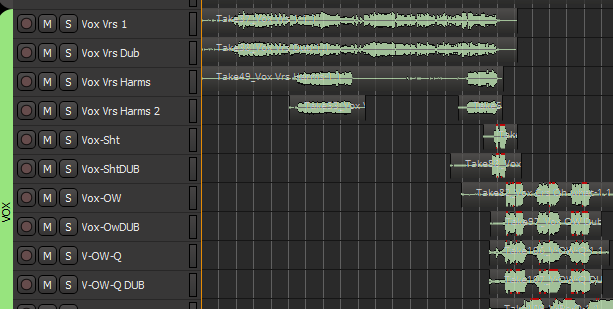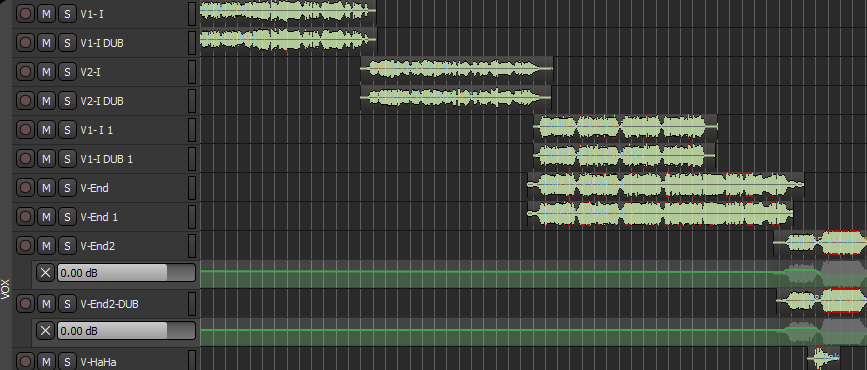Make yourself a nice, big cup of strong coffee, get comfortable, and take the time to read this: https://www.wheresyoured.at/never-forgive-them/
Take your time. It’s worth it. I’ll wait…
… you’re back. You look exhausted. Is it because it was a super long read and not a social media sized hot take? Or is it because it hits home in a super big fucking way? Both?
As I read that article, I remembered my own history with this thing called The Internet.
I first hopped online in early 1999. It was difficult for me in the beginning as my computer was a 386 Toshiba boat anchor running Windows 3.1 and it was so fucking slow that I had to access everything via a command line using gopher. I do remember once trying to load the homepage for a local ISP on that thing just to see if it was possible, and it took nearly twenty minutes. I went right back to gopher.
By mid year, with the help of some friends, I managed to get my hands on a computer that could run Windows 95 and all of a sudden, everything began opening up to me. I could just feel the potential. Here is what appeared to be nearly everything I was looking for when it came to creativity. Yes, yes, “real” art better and all, but here was something I could not only use to create art but advertise said art. Soon, I was introduced to Photoshop and Front Page and that was that. I was hooked.
One thing I can say was that my desktop beige box was also very slow, so doing anything past surfing was a lesson in patience. I remember a friend of mine, who has just purchased a top of the line PC, watching me work on a graphic for a show poster. It was taking up to two minutes to render an effect on a layer and he said “I don’t know how you sit there and wait for that to render. I’d go nuts.”
Thing is, I had no choice. At that time I didn’t have the money to just buy a new computer or faster hardware. Yes, people made fun of my slow computer but as I mentioned, I learned something that seems to be missing today: patience. For me slowness wasn’t due to the shittiness or bloat of the software per se, I just insisted on installing the latest, load heavy software on a computer that just met the bare minimum of requirements and then insisted on pushing said software to its limits. I’ll also note that the desktops I had were built from parts. I didn’t have a Dell or a Compaq or an HP so I didn’t discover what kind of bloated shit these companies installed on their branded computers until I helped someone figure out why theirs was running like garbage.
Luckily I had friends who taught me what to do and what to stay away from. Back then, besides having to be acutely aware of certain issues, namely spam and scams, and don’t reply to shifty looking emails because that Nigerian Prince is not going to send you money 1, I also found out very quickly that the big companies were shady as fuck and made money based on people’s ignorance. The most obvious example being AOL who mailed out hundreds of thousands of CDs knowing that people would put them in their computers and sign up without knowing what they were getting into 2.
I used to do tech support for a national cable ISP where they insisted you install their shitty software in order to “use the service to its full potential”. This software was nothing more than a scamware browser and chat app that hogged up system resources and served you ads for their other services (Home phone! More TV channels!). When I was going through my training, the first “instructor” was an obvious company shill who bestowed the value of this software on us. The instructor for week two, the actual nuts and bolts tech trainer, informed us that this software was complete, unnecessary bullshit. “You just have to plug the cable modem into the computer, go to the network settings, enable DHCP, and you’re good to go.” Thanks to him, I spent more time on calls getting people to uninstall that corporate shitware than I care to remember. In that second week of ISP Support Training I learned an important lesson:
A good portion of what any tech company is selling you is shit.
But at least you could, for the most part, uninstall/delete any and all cruft and go on with your life.
About halfway through Zitron’s article, he talks about his experience with “the bestselling laptop from Amazon”, and how these machines are so horrible not just due to the older hardware, but the absolute horrorshow of software clamouring for your attention (and bogging down your system resources). I read this bit thinking two things:
- I need to remember that, just like past me with a beige PC that would take two minutes to render a Photoshop layer, most people out there don’t have the kind of money to drop on a computer that is not speced with bottom of the barrel parts and bogged down with ad infested bloatware and…
- It irks to no end me that the phones we now all use on a daily basis leave the desktop PC’s we were using twenty five years ago in the dust performance wise, and today’s laptops and PC’s are so far ahead of what we had in 2000 that it’s simply crazy to think of. Yet these IT companies are still finding new and exciting ways to make the whole experience utter garbage for a lot of people. Especially those who can’t afford the latest, cutting edge components.
And, as he points out, not everyone (read: most people) has any real idea how to bend these products to their will. They buy what they can afford and put up with the bloat and cruft and ads and junk and shit performance and more than likely, accidentally make things worse by clicking on some shady link or dialog box.
On top of all this, on top of the ads that junk up everything, on top of the bloated apps and OS’s we’re pretty much forced to use, on top of constantly changing UI’s and algorithms that serve us up a whole lot of nothing useful, we fight and argue over which tech company is better. Every single one of these companies serves us shit of some kind and people fall over themselves to proclaim that the shit they eat is better than the shit someone else eats.
Look, just because one company serves their shit on a silver plate doesn’t make it taste any better than the shit that’s served on a paper napkin.
What people don’t realize is that at the end of the day, anything and everything any company tells you is just marketing. You are not a better person if you use Apple. You are not a lesser person if you use Android. We’re all just people trying to get on with getting on and these companies bank on us all throwing shit at each other over stupid things like brand preference.
Use whatever you want to get what you need done. It doesn’t matter, at all, if you prefer Apple or Google or Microsoft or whatever. They’re all the same. Computers, smartphones, tablets, and the software that’s on them are all just tools. Treat them and use them as such. Ignore most of whatever these companies tell you about enhancing the world, or security, or privacy, or sustainability because all these companies care about in the end is profitability and growth, and everything they say, every value they tell you they have, is all marketing in the name of making more money.
Yes there are teams out there that take things like security and privacy very, very seriously. Trust me, I know. I work with one such team. However, when it comes to the bottom line, the Company can and will make decisions that can and will undermine the work that these good people do. What you have to realize is that it’s mostly the actual workers who care about enhancing the world, or security, or privacy, or sustainability. The people at the very top? They’ll embrace it so long as it makes them money.
It’s these companies that are making our lives more difficult in every single way that Zitron talks about in his post, and some he doesn’t. I don’t know if it’s going to get any better any time soon. My guess is no. We have a lot more shit to eat before anything changes.
In the meantime, do what you can to introduce some semblance of normality into digital life. Remember: whatever these companies tell us is normal is definitely not normal; don’t fight for these companies, push back against them.
So turn on your ad blockers, crank your tracking protection up to Strict, and do your best to not fall for the con that is the Rot Economy, teach friends and family how to do the same, don’t belittle anyone for whatever tech they’re using and hopefully we’ll get there, wherever there is.
1: Seems downright cute compared to what’s out there today… <cough>crypto</cough>
2: AOL was the Columbia House of the early Internet age.




